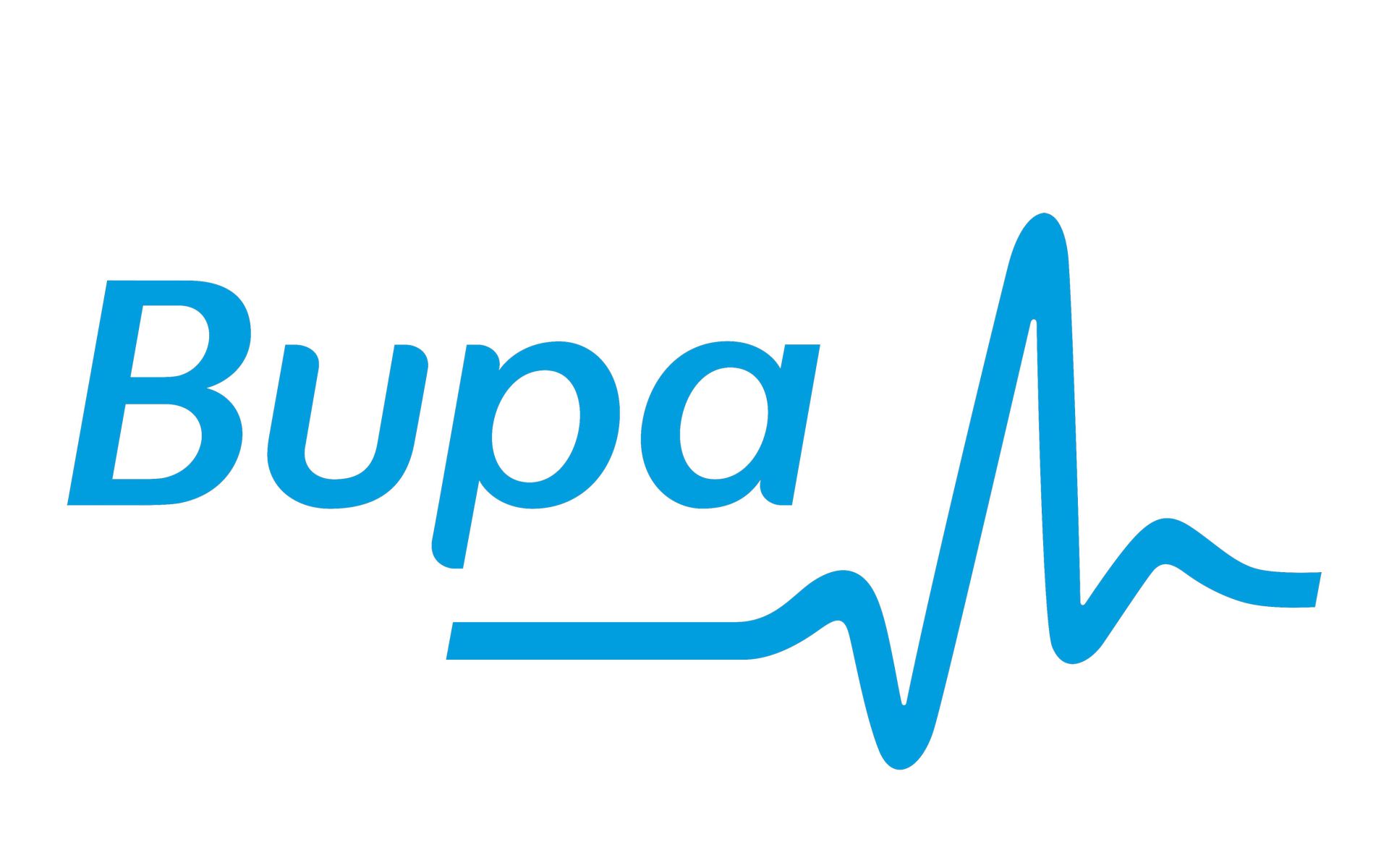Note: This makes all sizes equal and could alter the website layout.
Red:
Green:
Blue:
Red:
Green:
Blue:
Over the last few weeks, the clinical team at PhysioFunction has had the opportunity to work with the G-MOVE to explore its application to our neurological patients and its clinical effectiveness in this population.
What is G-Move?
G-Move is a wearable technology using Pressotherapy to apply compression to the upper and lower legs. Depending on how this is applied, it can have a number of positive effects:
Compression pressures between 20mmHg and 120mmHg can be selected depending on the indications for the patient and the goal of the session.
We have used two different approaches with our patients:
What does the evidence say?
As a new piece of technology there is limited evidence on the use of the GMove in a population of neurological patients. However, case study data in Multiple Sclerosis and Parkinson’s Disease indicates an improvement in balance and walking speed measured by the Timed Up and Go Test when wearing the GMove (Winback, 2020).
Use of below knee compression has been shown to improve joint position sense but not more so than secondary activities (distraction) in healthy subjects (Ghai, Driller and Masters, 2018), and low pressure compression garments (25mmHg at calf) improved balance control in those healthy patients with greater postural sway (Baige et al., 2020).
Dynamic compression using Lycra garmets has been widely used in neurorehabilitation in general, and in particular patients with cerebral palsy. Research has widely shown positive impacts on postural alignment and gait in children with cerebral palsy, however a recent review found that evidence was of low to very low quality for a range of therapeutic suits (Almeida et al., 2017).
Extrapolating these findings into our population provides an interesting foundation for clinical testing and further research with low, moderate and higher compression pressures, given the limited postural control, joint position sense/proprioception, poor balance and gait impairments seen in many of our patients.
What have we seen?
We have used GMove with a wide range of patients living with incomplete Spinal Cord Injuries, Stroke, Brain Injury, Cerebral Palsy and Parkinson’s Disease, with symptoms including weakness and paresis, sensory impairment, ataxia, fatigue and spasticity .
We have found that moderate-high pressures were not tolerated well and those that did tolerate tended to fatigue quickly, impacting on their participation in the session. However, we observed some extremely positive effects when using low-moderate compression levels, with patients objectively walking with hip and knee greater extension, improved weight distribution and improved overall alignment both when wearing the GMove and after its removal. Knee control and stability and biomechanics were also notably improved during exercise and gait sessions.
Furthermore, verbal feedback from our patients included: “I feel like I can walk” and “It seemed to allow the mind to really focus”.
Summary
The G-Move offers a different therapeutic approach to what we have utilised within neurological rehabilitation to date, and unlike much of the rehabilitation technology we use can be easily incorporated into an exercise-based rehabilitation session. It is easy to don and doff and very straightforward and intuitive to use from a therapist perspective. We are excited to explore the longer-term therapeutic effects of continued use of the GMove with our patients.
References
Ghai, S., Driller, M.W. & Masters, R.S.W. (2018). The influence of below-knee compression garments on knee-joint proprioception. Gait and Posture, 60: 258-261.
Baige, K., Noé, F., Bru, N. & Paillard, T. (2020). Effects of Compression Garments on Balance Control in Young Healthy Active Subjects: A Hierarchical Cluster Analysis. Frontiers in Human Neuroscience, Online, doi: 10.3389/fnhum.2020.582514
Almeida, K.M., Fonseca, S.T., Figueiredo, P.R., Aquino, A.A. & Mancini, M.C. (2017). Effects of interventions with therapeutic suits (clothing) on impairments and functional limitations of children with cerebral palsy: a systematic review. Brazilian journal of physical therapy, 21(5), pp.307-320.
Winback, 2020. White Book GMove-Suit. Available by request from Winback (contact@winback.com).




